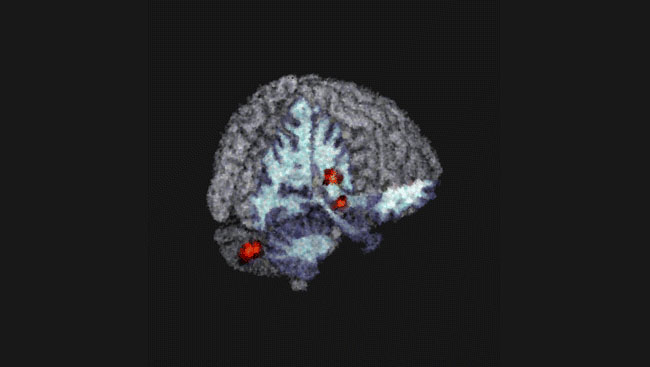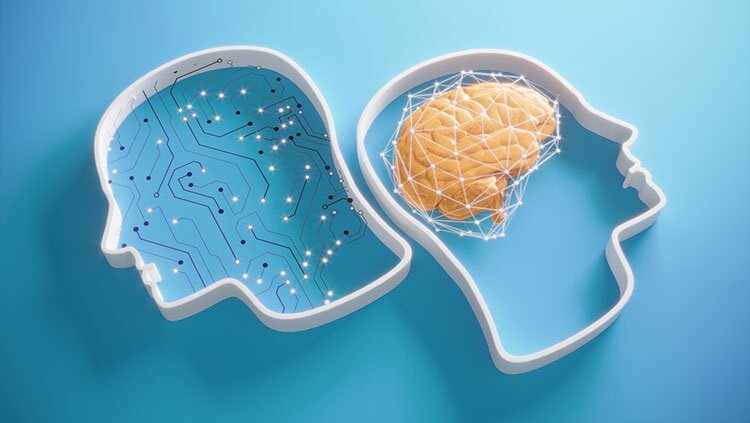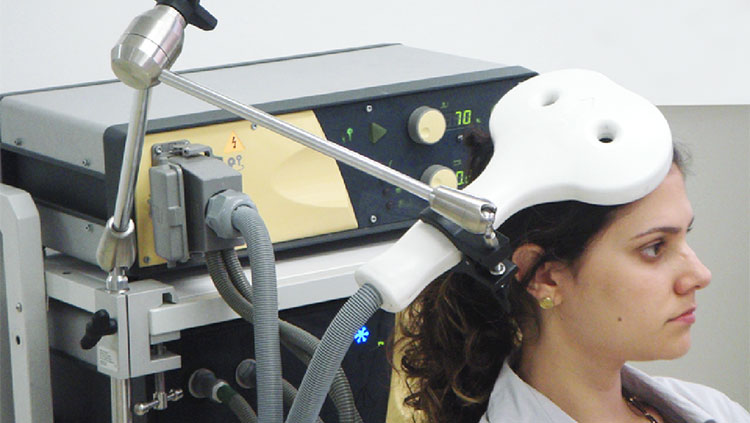New Drugs
- Published1 Apr 2012
- Reviewed1 Apr 2012
- Source BrainFacts/SfN
Most medicines used today were developed using trial-and-error techniques, which often do not reveal why a drug produces a particular effect.
But the expanding knowledge gained from the methods of molecular biology — the ability to determine the structure of receptors or other proteins — makes it possible to design safer and more effective drugs.
In a test tube, the potency of an agent can be determined by how well it attaches to a receptor or other protein target. With this knowledge, scientists can vary the drug’s structure to enhance its action on the desired target. Thus, subsequent generations of drugs can be designed to interact more selectively with the target or, in many cases, with specific subtypes of the target, producing better therapeutic effects and fewer side effects.

While this rational drug design holds promise for developing drugs for conditions ranging from stroke and migraine headaches to depression and anxiety, it will take considerable effort to clarify the role of the different potential drug targets in these disorders.
Other promising candidates for drug therapies include growth, or trophic, factors; antibodies engineered to modify the interactions and toxicity of misfolded proteins, which are the cause of many neurodegenerative diseases; small molecules that take advantage of specific biochemical pathways; interfering RNAs (RNAi) that reduce toxic levels of individual proteins; and stem cells that could replace dead or dying neurons.
CONTENT PROVIDED BY
BrainFacts/SfN

















